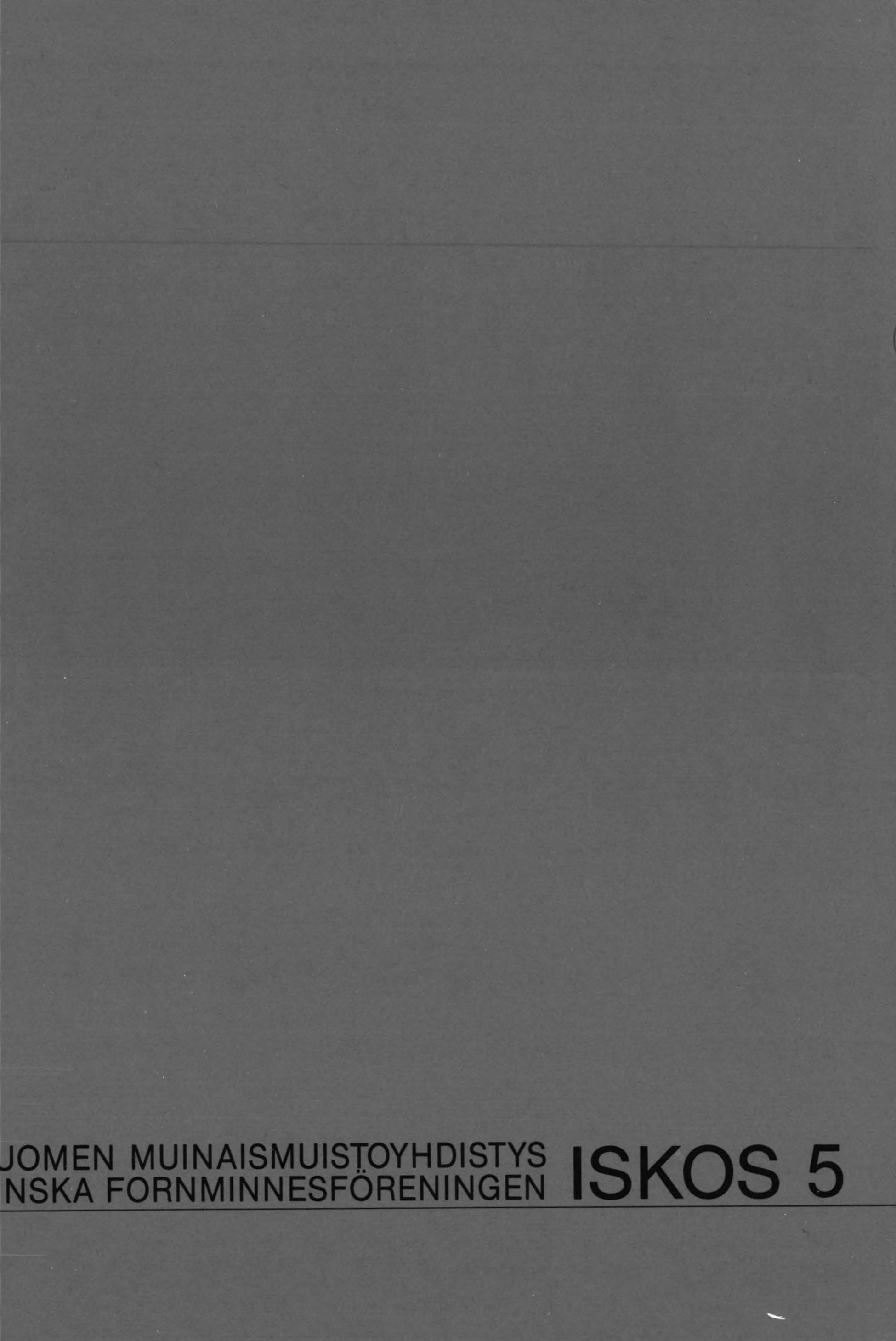Ion beam analysis methods for determining major and minor element concentrations in artefacts
Abstract
Two quantitative analytical techniques, Rutherford Backscattering Spectrometry (RBS) and Proton Induced X-ray Emission (PIXE), based on MeV ion beams from a Van de Graaff accelerator have been used in an archaeometric determination of major and minor element concentrations in patinated flint artefacts and a meta! fragment found during excavation of a viking settlement.
A red/ brown patination on an artefact surface that had developed subsequent to exposure by flaking 6200 years ago was demonstrated to be associated with a significantly higher Fe concentration at the surface compared to the bulk and further this Fe was concentrated in the microfissures along the grain boundaries through which ground water percolates into the flint.
Another type of patination, brown and purple/red spots or so-called seaweed spots, on flint artefacts that had been excavated from a site that had been flooded by sea were found to be associated with high concentrations of manganese and in the case of a modern sample from which seaweed had been removed, also iodine. Although this does not confirm that seaweed spots are actually due to seaweed the result suggests they are due to the action of marine organisms.
The composition of a meta! fragment, that was found during excavation of a viking-age settlement, and suspected of having been soldered was determined to be chiefly Fe with minor components Sn and Pb. The Pb/Sn concentration ratio of about 2 at. % corresponds to an alloy like modern tinplate which suggests the specimen might be of modern origin.




